Welcome to this complete guide to netlinking, also known as off-page SEO, one of the three essential pillars of SEO. At the end of this guide, you will be able to identify the important pitfalls to avoid and understand how to use backlinks to improve your site's SEO. I'll explain which page of your site you should link to, how many links you should create and why, and I'll give you a turnkey strategy that you can replicate for your own sites.
What is netlinking?
To explain netlinking or backlinks, imagine a child who arrives at a new school. During his first playtime, he was completely unpopular. Your site is like this child: the more links you get from other sites (backlinks), the more popular you become in the eyes of search engines. Google will therefore notice you and potentially move you up in the search results.
However, to make your backlinks as natural as possible and your popularity authentic, it is best to avoid artificial manipulations, such as offering treats to other students to make them like you. In the world of Google, this means avoiding questionable practices for getting backlinks.
Why are backlinks important?
Despite what Google may have us believe, its algorithm relies heavily on backlinks to measure a site's popularity. The more quality links your site obtains in your topic, the more likely it is to obtain Google's trust.
To understand clearly, let's take an example: if your site, "siteexample1.com", receives a link from another site, "siteexample2.com", this is a backlink. There are many types of links which we will explore later in this guide.
Examples of successful sites thanks to backlinks
To illustrate the importance of backlinks, let's look at some real-world examples:
- The Point : This media has a large number of back links (referring domains), which contributes to its popularity and trust with Google.
- Les Numériques : Another major media benefiting from a significant number of backlinks, thus strengthening its credibility.
- Grainddecafé.com : A small e-commerce site in the coffee niche, with a moderate number of backlinks but targeted traffic.
- The Wizards Podcast : podcast site, which is starting to get links naturally thanks to the quality of our content.
Can we position ourselves without backlinks?
It is possible to position yourself without backlinks, but it is extremely time-consuming and requires a significant amount of high-quality content. In very competitive themes, positioning yourself without any links is almost impossible. Imagine a child in the playground who spends all his time making paper airplanes. If he is the best at it, he can gain authority without being popular. Likewise, a high-quality site on a specific subject can position itself without backlinks, but this remains very difficult.
Types of backlinks
There are different types of backlinks, each with its advantages and disadvantages:
- Forum links : Obtained from online forums, they are interesting but require experience to pass moderation.
- Sponsored Posts : Very common, these links are often purchased to increase the popularity of a site.
- Media links : Coming from major media sites, they are very valuable but often expensive.
- Comment links : Inserted in blog comments, these links are increasingly difficult to obtain and often nofollow.
- Directory links : Listing sites on a specific theme, they are less common today but can diversify your link profile.
- Social links : Coming from social networks, they must be clicked to have a significant impact.
- PBN (Private Blog Network) links : Sites created solely to generate backlinks. They can be effective but risky.
Link anchors
Link anchors are the clickable words or phrases in a hyperlink. They play a crucial role in off-page SEO. A well-optimized anchor link can improve your site's ranking for a specific keyword, but over-optimization can result in a penalty from Google.
Linking strategy
For an effective linking strategy, it is important to diversify your backlink sources. Here are the steps I recommend:
- Links to the home page : A few links to strengthen the main page of your site.
- Links to important pages : Those that generate revenue.
- Links to new content : To increase their visibility.
- Internal linking : Linking less important pages to more important pages to transfer authority.
Mistakes to avoid
- Do not diversify your backlink sources : Mix the different types of links for a more natural profile.
- Use unreliable backlink services : Avoid cheap services that generate low-quality links.
- Not checking link indexing : Make sure your backlinks are indexed by Google.
- Create off-theme links : Make sure your backlinks come from sites relevant to your theme.
Advanced methods
- Tier linking : Strengthen a quality backlink by creating backlinks to this article.
- PBN (Private Blog Network) : Use expired domains to create optimized backlinks to your main site.
Netlinking is a complex but central subject for SEO. By following best practices and avoiding common mistakes, you can significantly improve the visibility of your site. If you want to explore this subject in more depth, I invite you to listen to our podcast dedicated to netlinking.
Finally, don't forget to regularly check your backlinks and adjust your strategy based on the results. With patience and a methodical approach, you will see lasting improvements in your site's SEO.



Share: